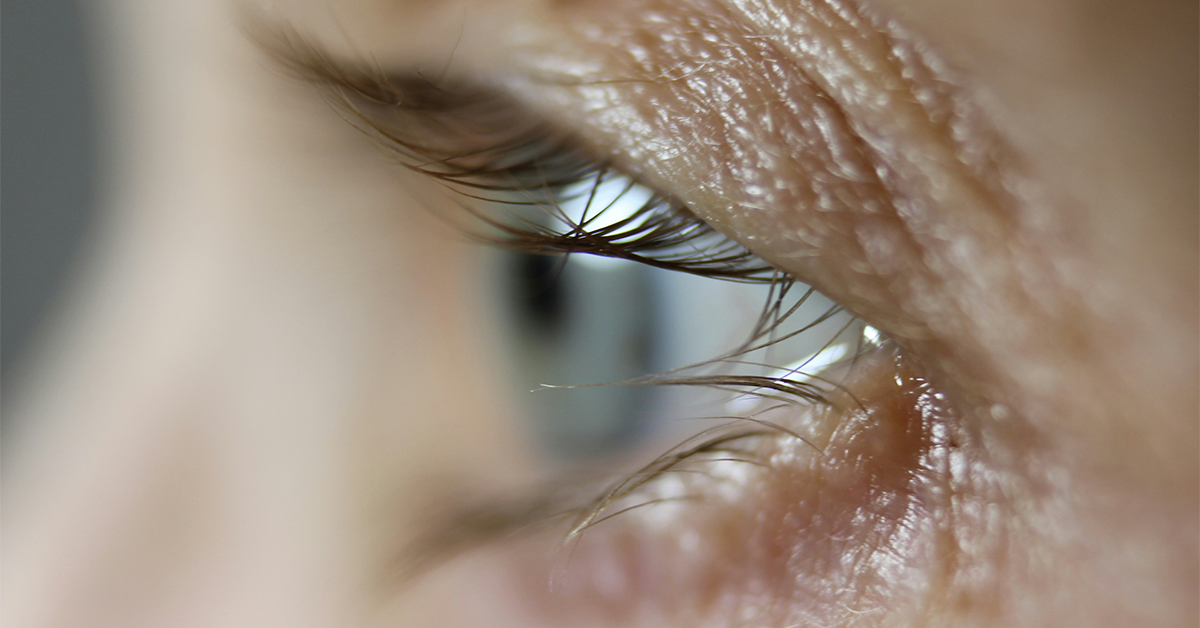The safety of women has become an increasingly pressing issue in recent times, with a concerning rise in crime and sexual assault cases. According to Statista, there were 133,294 reported rape cases in the U.S. in 2022. This disturbing trend has extended to ride-sharing platforms, casting a shadow over the convenience they once promised.
Ride-sharing services have revolutionized transportation, but the safety of passengers, particularly women, has been compromised. The frequency of sexual assault incidents linked to these platforms raises severe concerns about passenger well-being.
Technology presents a promising avenue to address this crisis. By leveraging cutting-edge tools and strategies, we can fortify ride-sharing platform safety measures and empower passengers and drivers. Let us explain.
The Current Landscape of Ride-Sharing Safety
Ride-sharing platforms have integrated various safety features to address passenger concerns. These include emergency buttons that directly connect riders to authorities, real-time GPS tracking for location sharing with trusted contacts, driver background checks, and driver ratings and reviews.
While helpful, these measures are primarily reactive and do not always prevent incidents. Emergency buttons rely on riders recognizing danger and acting quickly, and background checks may not catch all potential offenders. Additionally, location sharing can be unreliable in areas with poor reception.
Ongoing Uber sexual assault lawsuits against ride-sharing giant Uber have underscored the need for more proactive safety measures. Survivors of assault have initiated these legal battles, claiming that Uber failed to screen its drivers and implement suitable safety measures thoroughly. They demand greater accountability from the platforms and stricter safety protocols.
As of June 2024, the Uber Technologies, Inc. Passenger Sexual Assault Litigation included 276 cases, with 24 new cases added in the past month, as noted by TorHoerman Law. Plaintiffs demand improved driver screening processes, mandatory in-car cameras, and better response systems for reported incidents.
The current ride-sharing safety landscape marks existing reactive measures and growing calls for more preventative solutions. While the industry has made strides in addressing safety concerns, ongoing challenges and legal pressures highlight the need for continued innovation. It also shows the importance of stricter regulations to ensure the well-being of all riders.
Enhancing Safety Through Technological Innovation
The real power of technology lies in its ability to not just react to incidents but to prevent them actively. Technological innovations offer promising solutions that can identify potential risks, enhance driver accountability, and empower passengers with greater control over their safety.
Biometric Screening
Biometric screening has emerged as a controversial topic in the ride-sharing safety debate. The technology analyzes drivers’ selfies to verify their identity and cross-reference individuals against criminal databases. A remote identity verification process typically involves the following steps:
- A driver receives a notification to stop and take a selfie safely.
- The selfie is then compared to the driver’s ID.
- The system performs a liveness check to ensure the person in the selfie is the driver.
Additionally, fingerprints as a biometric screening is also widely used in various industries, including law enforcement, banking, and healthcare, to verify identity and ensure security.
Proponents suggest that implementing it in ride-sharing could deter individuals with criminal histories from becoming drivers, thus reducing the risk of incidents. They argue that fingerprint verification is more reliable than traditional background checks, which may rely on self-reported information.
However, ride-sharing giants like Uber and Lyft have resisted implementing fingerprint-based screening. They cite concerns about accuracy and the potential for discrimination. They argue that fingerprint databases may be incomplete or inaccurate, leading to false positives and unfairly excluding potential drivers.
Moreover, they raise concerns that the technology could disproportionately affect marginalized communities, who may be overrepresented in criminal databases.
That’s why Uber has its driver screening program, which every driver must complete before making their first trip. The company conducts this screening annually, using technology that obtains criminal offenses from various data sources.
As the discussion continues, it is crucial to weigh the potential benefits against the potential drawbacks. Providers must strive for a solution that prioritizes both safety and fairness for all involved.
Background Checks
Current background checks for ride-sharing drivers typically involve a multi-state criminal background check, a driving record check, and verification of personal information. While these checks provide a basic screening level, their limitations are increasingly evident.
Standard background checks often only capture convictions, not arrests or pending charges. This leaves a gap in the information available to ride-sharing platforms. To enhance safety, some suggest continuous annual monitoring of criminal records. The aim is to enable platforms to be alerted to new offenses committed by current drivers.
Some advocate incorporating social media checks and psychological evaluations into the screening process/They argue that these could provide valuable insights into an individual’s behavior and potential risk factors.
However, such extensive background checks raise significant privacy concerns. Continuous monitoring and social media scrutiny could be seen as intrusive and potentially discriminatory. Psychological evaluations, while potentially insightful, raise questions about their reliability and potential for misuse.
While stricter screening measures may offer excellent protection for passengers, careful implementation is crucial to avoid infringing on individual rights. The key lies in finding a middle ground that maximizes safety while respecting privacy.
Driver Behavior Analysis
Artificial intelligence (AI) is emerging as a powerful tool in analyzing driver behavior, potentially revolutionizing safety in the ride-sharing industry. AI algorithms can identify patterns and anomalies that may indicate potential risks by continuously collecting and processing data from various sources.
Monitoring driving patterns is a crucial aspect of driver behavior analysis. A study investigating female passengers’ safety perceptions revealed that drivers’ words and actions directly influence their sense of safety.
Moreover, recent technology advancements like the driver monitoring system (DMS) use AI to track data such as speed, acceleration, braking, and adherence to traffic rules. Sudden deviations from standard patterns, like frequent harsh braking or excessive speeding, could signal reckless driving or potential danger.
AI can also analyze communication between drivers and passengers, flagging inappropriate or aggressive language. Additionally, monitoring driver ratings and feedback can provide valuable insights into their behavior and professionalism.
By combining data from multiple sources, AI can create a comprehensive picture of each driver, highlighting areas where improvement.
FAQs
How Can a Woman Be a Safe Uber Driver?
A female Uber driver can prioritize safety by verifying rider identities, sharing trip details with trusted contacts, utilizing the in-app safety features like an emergency button, and ending rides if uncomfortable. Awareness of your surroundings and driving in well-lit, populated areas also contribute to a safer driving experience.
Can a Woman Request a Woman Uber Driver?
While Uber does not allow riders to request a woman driver specifically, it does offer a “Women Rider Preference” feature for women. This feature will enable them to choose to accept rides only from women riders, potentially increasing the chances of a woman rider being matched with a woman driver.
Is There a Female Only Rideshare App?
Yes, there are female-only ride-share apps available. An example includes Just Her Ride-share. This app prioritizes women’s safety and comfort by connecting them with female drivers.
Concluding the blog post, the fusion of technology and ride-sharing safety is no longer a luxury but a necessity. Innovative solutions like biometric screening, AI-powered behavior analysis, and enhanced background checks offer a multi-faceted defense against the threat of sexual assault.
The Uber lawsuit is a critical turning point in reshaping industry standards and regulations. Its impact reverberates across all ride-sharing platforms, pushing them to prioritize robust safety features, comprehensive background checks, and increased accountability. This legal battle empowers survivors and sparks a broader conversation about preventing future incidents.
Let us use this momentum to advocate for change, demanding transparency, stricter regulations, and a steadfast dedication to protecting passengers. Together, we can transform ride-sharing into a secure and reliable mode of transportation for everyone.











